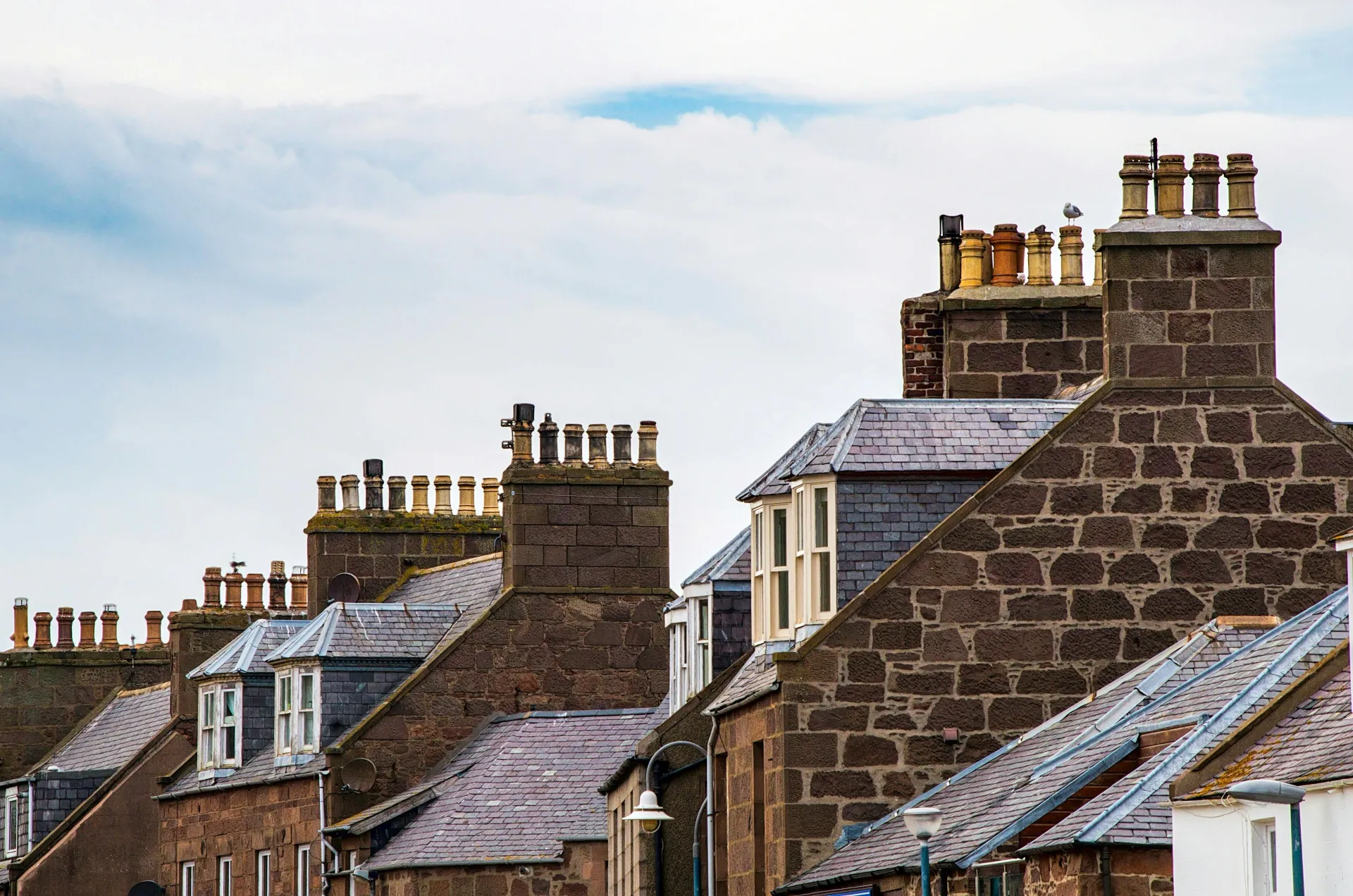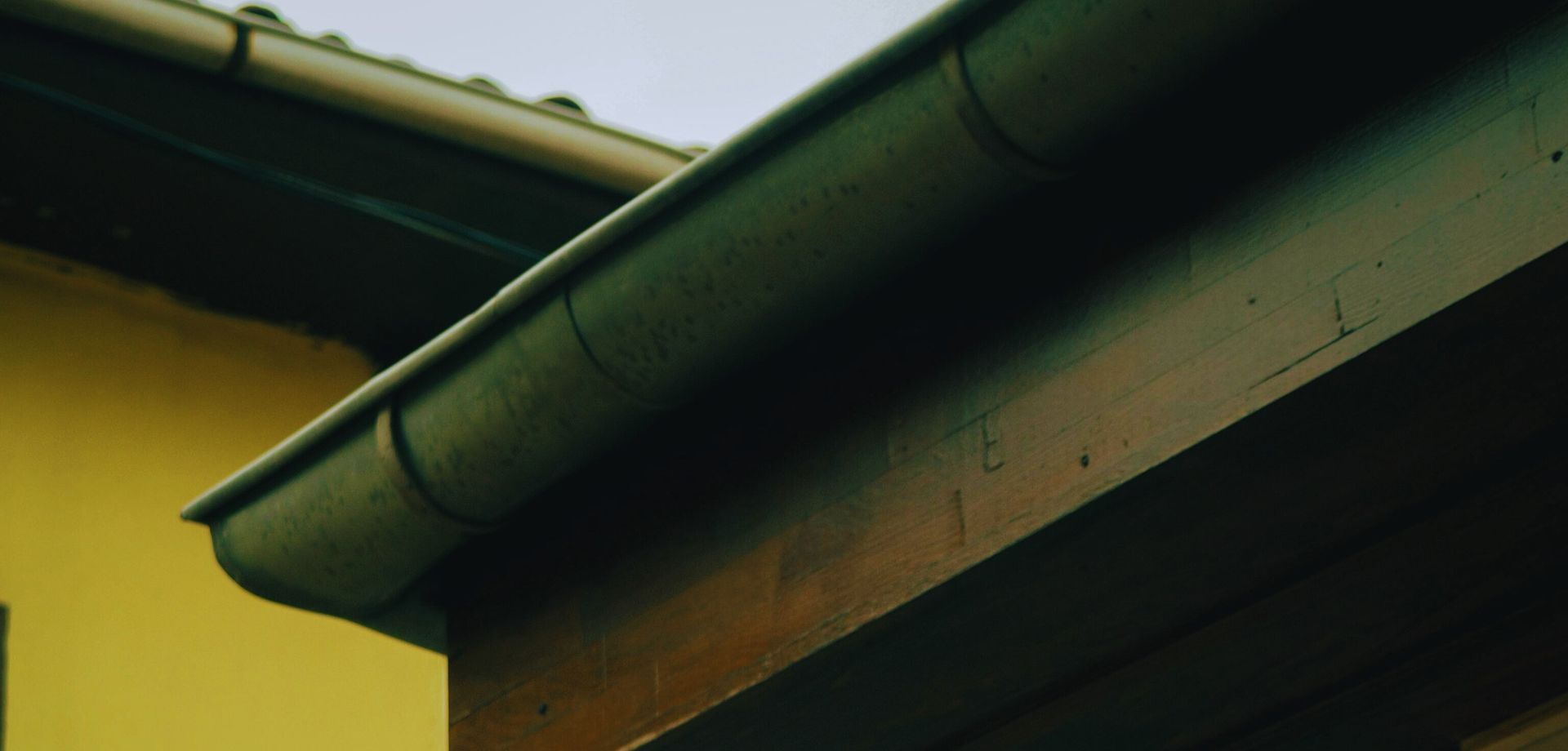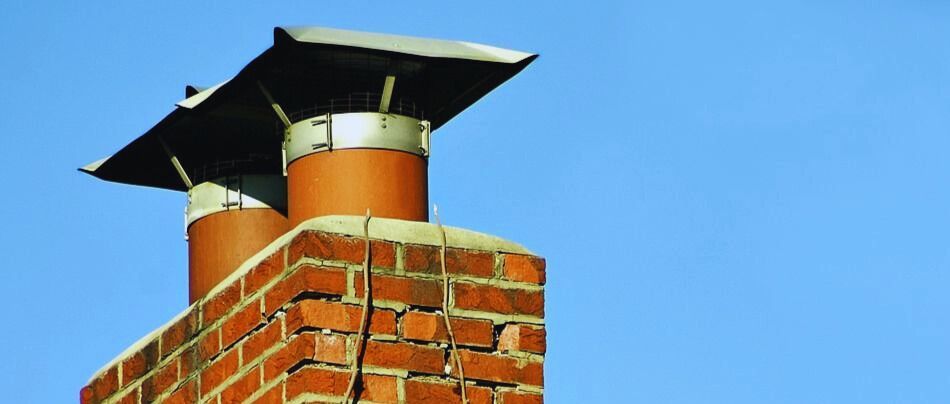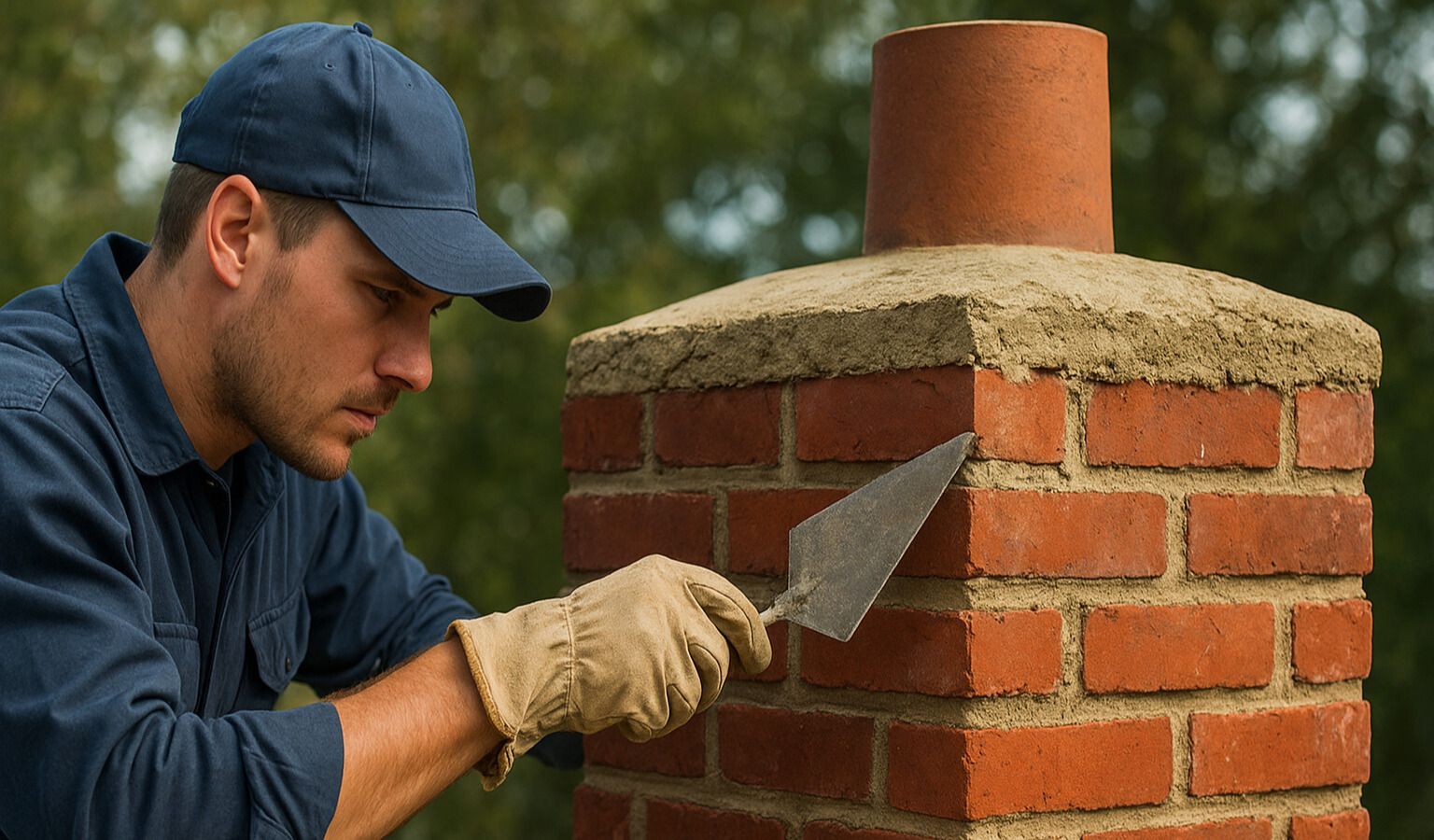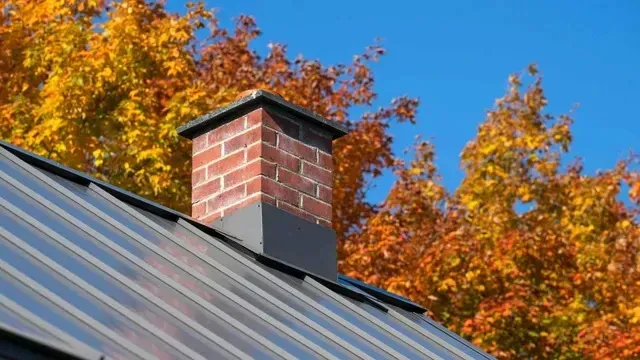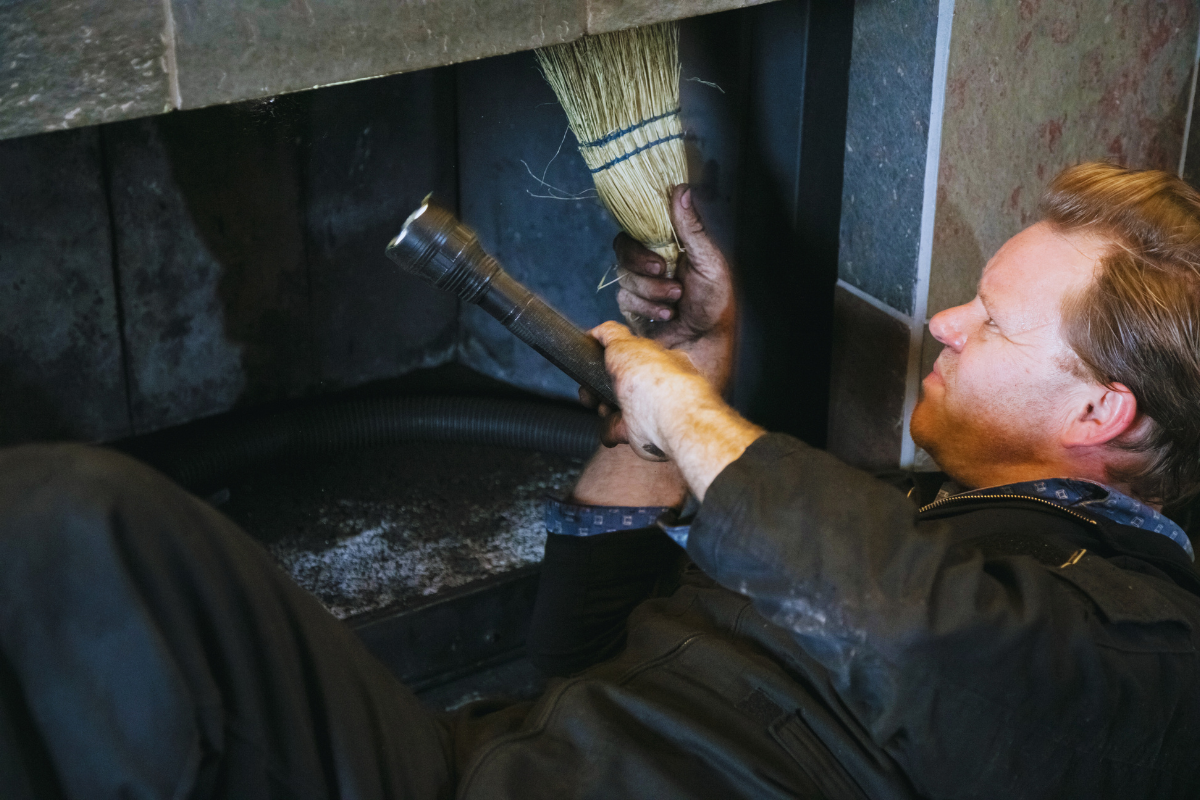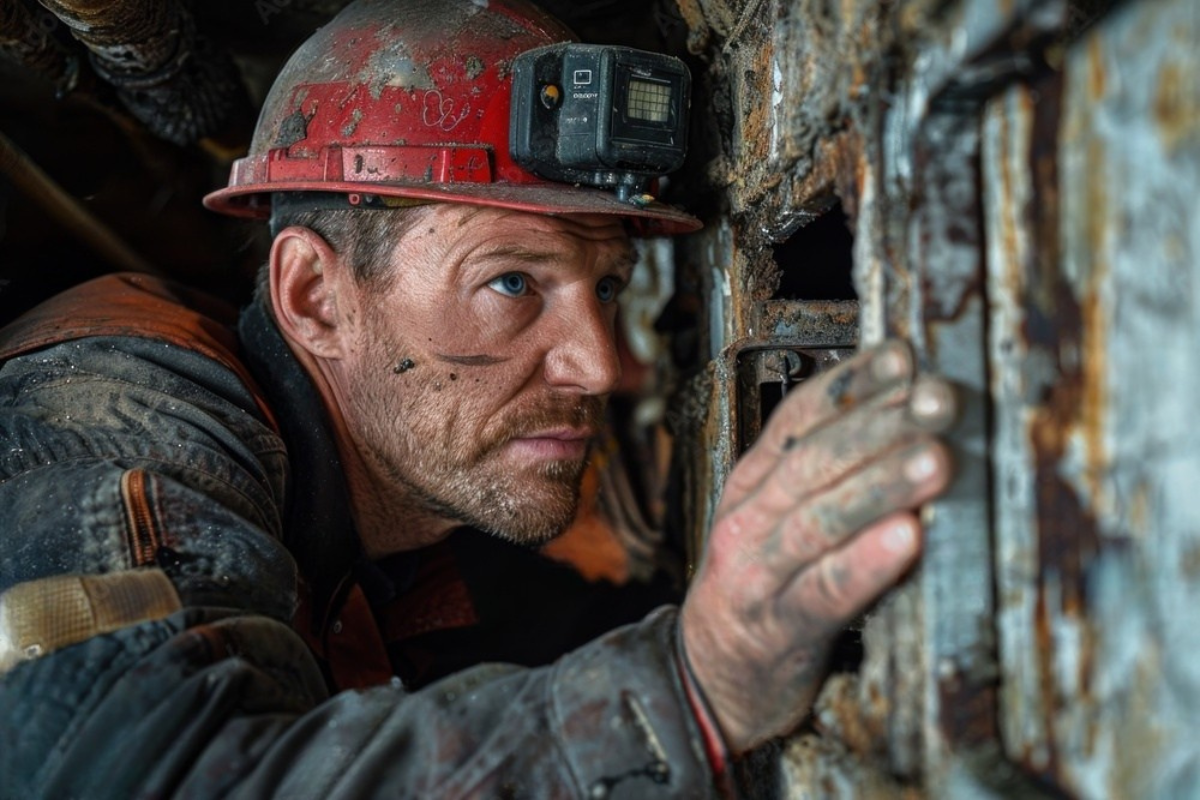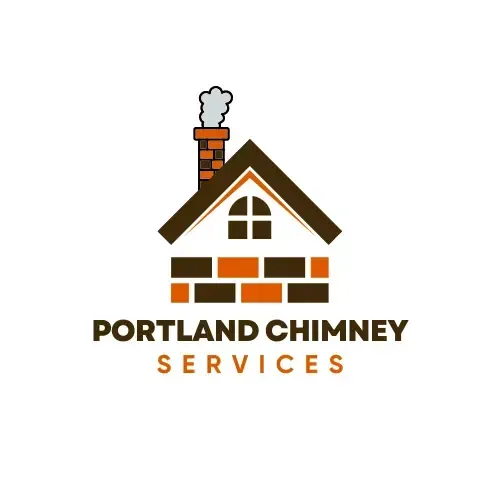Chimney Care 101: Getting Your Fireplace Ready for the Autumn Chill
John Constantine. September 26, 2024
As the crisp autumn air begins to creep in and leaves start to blanket the ground, there’s nothing more inviting than the warmth of a glowing fireplace. But before you light that first fire of the season, proper chimney care is essential to ensure both safety and efficiency. In this guide, we’ll walk you through everything you need to know to get your fireplace and chimney ready for autumn, including vital maintenance steps and why each one matters. By preparing ahead of time, you can enjoy the cozy ambiance of your fireplace without any hidden risks.
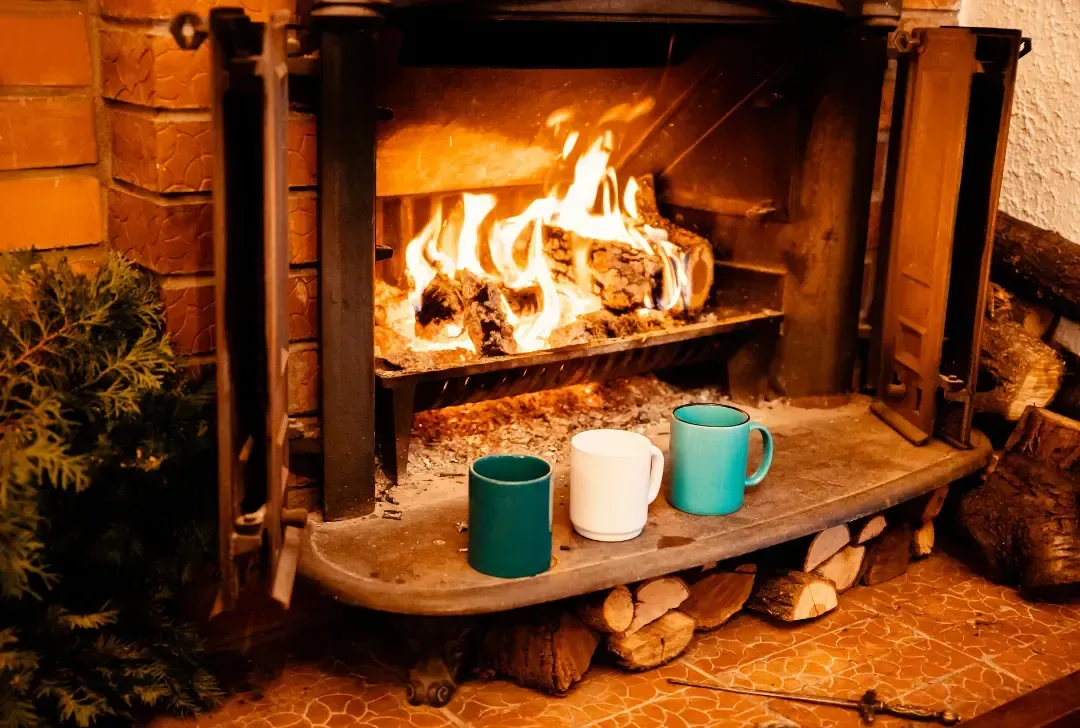
Why Chimney Care Is Essential Before Autumn
Every time you burn wood in your fireplace, creosote, soot, and other residues accumulate in your chimney. Over time, these substances can block the chimney flue, which may lead to hazardous situations such as chimney fires or carbon monoxide poisoning. Moreover, weather damage can also deteriorate the structure of your chimney, which may cause water leaks or structural instability. Regular maintenance ensures that these issues are caught early, so you can avoid costly repairs and guarantee safe operation throughout the colder months.
Understanding Chimney Cleaning
Chimney cleaning is a critical part of chimney care, especially before the heating season begins. The National Fire Protection Association (NFPA) recommends that chimneys, fireplaces, and vents be inspected at least once a year and cleaned as needed. A professional chimney sweep will use specialized brushes and vacuums to remove dangerous creosote buildup and any obstructions such as bird nests or debris.
How Often Should You Clean Your Chimney?
While the NFPA advises annual inspections, the frequency of cleanings depends on how often you use your fireplace. Regular fireplace users may need more frequent cleanings, while those who use their fireplace occasionally may get by with once-a-year maintenance. Keep an eye out for signs like excessive smoke or a strong odor when the fireplace is in use, as these could indicate that your chimney needs cleaning sooner than planned.
The Importance of Chimney Inspections
A thorough chimney inspection is vital in identifying potential problems that could go unnoticed. Inspections help detect issues such as cracks in the chimney lining, deteriorating mortar, or blockages. These problems can compromise the chimney's ability to vent properly, posing significant safety risks.
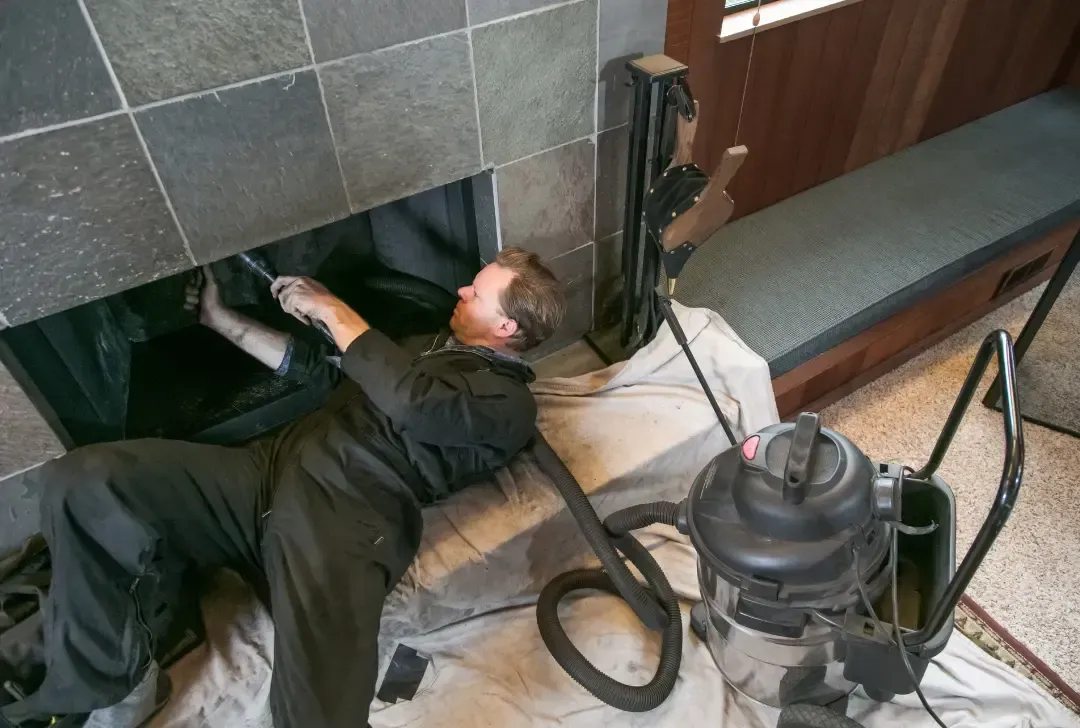
What Does a Chimney Inspection Involve?
During a chimney inspection, professionals will assess both the interior and exterior of your chimney. They will look for signs of structural damage, check the chimney cap and flashing, and ensure the flue is unobstructed. Chimney Service providers like Portland Chimney Service offer comprehensive inspections to make sure your fireplace is safe for autumn use.
Chimney Waterproofing: Protecting Your Chimney from the Elements
Water is one of the biggest threats to the longevity of your chimney. Over time, exposure to rain, snow, and ice can deteriorate the masonry, leading to leaks, cracking, and structural damage. To prevent these issues, chimney waterproofing is essential. Applying a waterproof sealant to your chimney can block moisture from seeping into the brick or mortar, protecting it from the freeze-thaw cycles of winter.
How Does Chimney Waterproofing Work?
Waterproofing solutions are designed to repel water while allowing your chimney to "breathe." This means that moisture already inside the chimney can escape, but new water cannot penetrate the brick or stone. It's important to use a professional service like Chimney Waterproofing to ensure the proper application of high-quality sealants that will stand up to seasonal weather changes.
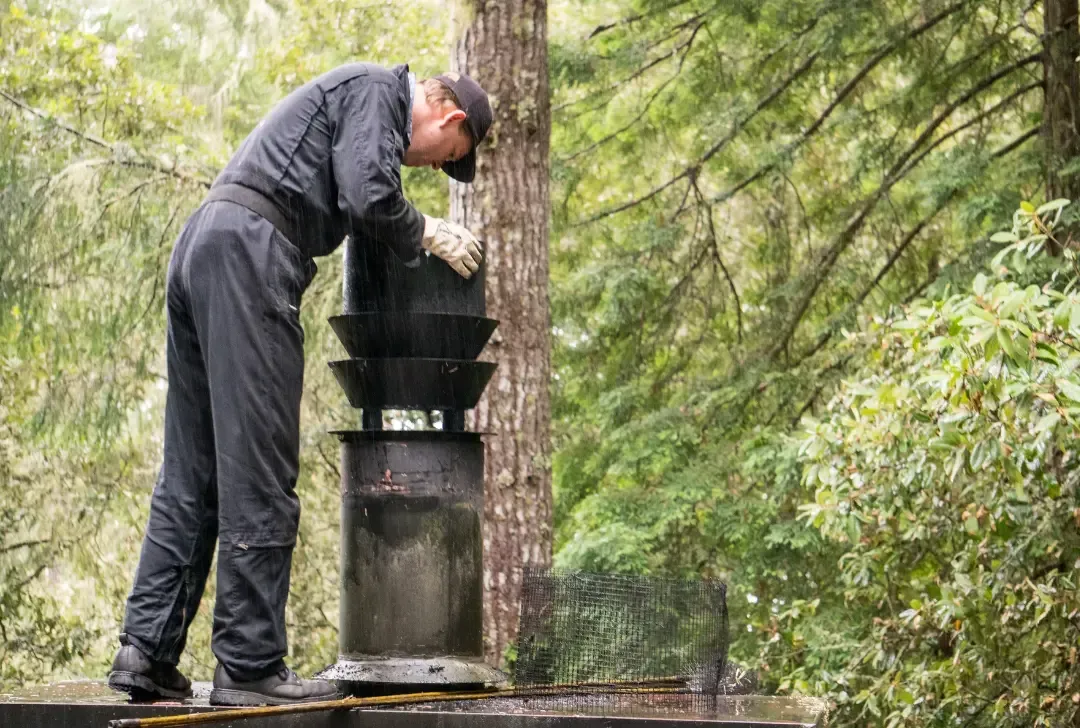
Stainless Steel Liners: Why They’re a Worthwhile Upgrade
One often-overlooked aspect of chimney care is the chimney liner. A liner serves as a barrier between the interior of the chimney and the surrounding masonry, protecting both your home and chimney from heat and combustion by-products. Traditional clay liners can crack over time, leading to dangerous gas leaks and fire risks. Upgrading to a stainless steel liner offers a more durable, long-lasting solution that improves safety and efficiency.
Why Stainless Steel?
Stainless steel liners are more resilient to heat and corrosion compared to their clay counterparts. They are also easier to clean and maintain, and they provide an airtight fit that enhances the draw of your fireplace, ensuring that smoke and gases are properly vented. If your chimney liner is damaged or outdated, consider investing in a stainless steel liner before the start of the autumn season.
The Role of Chimney Caps and Flashing
Chimney caps and flashing play critical roles in preventing water damage and ensuring efficient operation. The chimney cap, typically made from metal, covers the opening of your chimney, preventing rain, snow, and animals from entering. Flashing is the metal seal that sits between the chimney and your roof, protecting against water leaks.
Why Are These Components Important?
Without a chimney cap, your chimney is vulnerable to water damage, bird nests, and even small animals looking for warmth. Flashing, meanwhile, can deteriorate over time, leading to water leaks that can damage both the chimney and the surrounding structure. Regular inspection and maintenance of these components are essential to preventing costly repairs.
Tuckpointing and Chimney Repair
Over time, the mortar between bricks in a chimney can crack and deteriorate, weakening the structure. This is where tuckpointing comes in. Tuckpointing is the process of removing the old, damaged mortar and replacing it with new mortar, restoring the structural integrity of the chimney.
How to Know if Your Chimney Needs Tuckpointing?
Cracked or missing mortar, gaps between the bricks, and crumbling masonry are all signs that your chimney may need tuckpointing. Without repair, these gaps can allow moisture to enter, leading to further damage. Demolition and tuckpointing services are often necessary to preserve the life of your chimney and prevent expensive rebuilds down the line.
Preparing Your Fireplace for Autumn Use
Once your chimney has been inspected, cleaned, and repaired, it's time to prepare the interior of your fireplace. Start by removing any leftover ash and debris from the previous season. Clean the firebox thoroughly, checking for any signs of damage such as cracks or wear. If you have glass doors, clean them as well, and inspect the damper to ensure it opens and closes smoothly.
Fireplace Tools and Accessories
Investing in quality fireplace tools can make your autumn fires easier and more enjoyable. A good set of tools will include a poker, tongs, shovel, and brush. You may also want to consider a wood rack for storing firewood indoors and a fireplace screen to protect against stray embers.
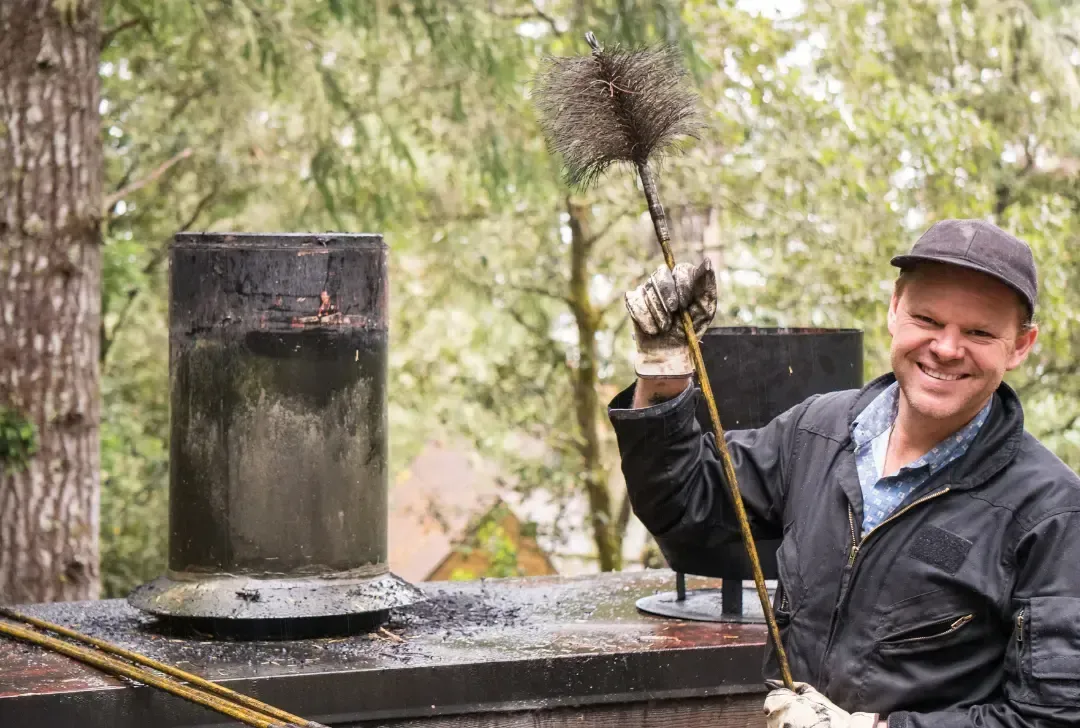
FAQs
What are the signs that my chimney needs cleaning?
Common signs include excessive smoke when lighting a fire, a strong, unpleasant odor, or visible creosote buildup in the chimney. If it's been more than a year since your last inspection, it's time to schedule one.
How does chimney waterproofing help protect my home?
Waterproofing prevents moisture from penetrating your chimney's masonry, protecting it from damage caused by freezing and thawing cycles. This extends the life of your chimney and reduces the risk of leaks.
Why should I invest in a stainless steel liner?
Stainless steel liners are more durable, heat-resistant, and easier to maintain than clay liners. They also improve the efficiency of your chimney by creating a better draft and preventing gas leaks.
How often should I get my chimney inspected?
The National Fire Protection Association recommends a chimney inspection at least once a year, ideally before the heating season begins.
What is tuckpointing, and when is it necessary?
Tuckpointing involves removing old, damaged mortar and replacing it with new mortar. It's necessary when the mortar between bricks starts to crack or crumble, which can weaken the chimney's structure.
Can I clean my own chimney?
While DIY chimney cleaning kits are available, it's safer and more effective to hire a professional chimney sweep. They have the tools and expertise to remove creosote and inspect for potential hazards.
Conclusion
Preparing your chimney and fireplace for autumn is essential to ensure both safety and comfort. By taking proactive steps like scheduling inspections, cleaning, and investing in chimney waterproofing or a stainless steel liner, you can enjoy a warm, cozy home throughout the colder months. Don't wait until the first chill hits—make sure your chimney is ready for autumn now!
